As the political climate in the US continues to shape economic and cultural discourse, Rob Bearyman argues that equality, sustainability and inclusion are not passing trends and remain central to how we design, who we design for, and the future we want to shape
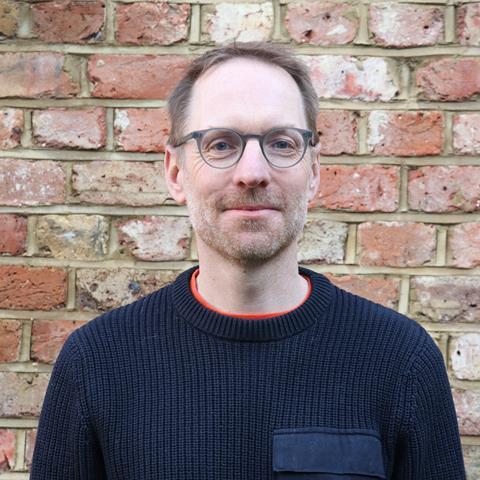
Words matter. Especially in architecture, where language sets the brief, secures the funding and guides everything from placemaking to planning policy. So, when terms like equality, sustainability and inclusion begin disappearing from official guidance – whether across the Atlantic or more subtly here at home – it’s time to pay attention.
The US has seen recent high-profile rollbacks of Environmental, Social, and Governance (ESG) and Equality, Diversity and Inclusion (EDI) commitments, affecting how government agencies, cultural institutions and even design professionals can describe their work. And while the UK hasn’t followed suit, the potential ripple effect is real: softening language, second-guessing strategies and growing hesitancy around terms that have long been part of our shared architectural vocabulary.
For those of us in the built environment, this raises a simple question: if we lose the language, do we lose the progress?
At Bennetts Associates, we believe it’s more important than ever to reaffirm our commitment to ESG and EDI. Not because it’s fashionable, and not just because it’s expected, but because we believe it’s right.
As a certified B Corp, we’re part of a global community that believes in doing business in a way that supports people and planet. That belief is, and always has been, stitched into the way we design, our internal governance, and the way we support our teams and clients.
The shifting terrain
We don’t need to mirror the US to feel the impact of its cultural shifts. A growing hesitance around terms like “net zero” or “inclusive design” suggests that some UK clients and organisations are quietly stepping back from what had been accepted values.
And we understand to a degree why this could be happening – businesses are increasingly navigating uncertainty, rising costs and political instability. That doesn’t mean, however, we can or should abandon long-term thinking.
These are not radical ideas. ESG and EDI are about fairness, resilience and responsibility.
They ask us to consider who benefits from what we build, how those buildings impact the environment and whether the people who use them feel welcome and seen. If that makes us “woke”, then perhaps we should reframe that too – as awake, alert, and committed to the future.
ESG isn’t going away – here’s why
Even as some policies waver, the business case for ESG remains solid. Efficient, future-proof design reduces operational costs and environmental impact – whether through passive strategies or material reuse, sustainability simply makes sense. Resilience against climate change is no longer optional; as extreme weather events become more frequent, buildings must be part of the solution.
Attracting talent and building trust also hinge on values, with the most capable people – both within and beyond the profession – drawn to companies doing meaningful work. And stronger client relationships often grow from a shared vision: many clients still want to lead with purpose, and they are looking for partners who can help them do that.
And, of course, meeting legal and policy obligations matters. In the UK, frameworks like the Equality Act and Public Sector Equality Duty (PSED) enshrine principles that support inclusion and accessibility. These aren’t just political preferences – they are legal responsibilities.
EDI in practice, not just principle
EDI may be under pressure, but its value hasn’t changed. In our own projects inclusive design isn’t an add-on – it’s central to our approach. From designing spaces that are accessible to all, to fostering a workplace where different voices are genuinely heard, EDI helps create richer, more humane architecture.
We’ve seen how shifting language – subtle changes in what people feel comfortable saying or asking – can begin to limit what gets done. We must be careful not to lose sight of what EDI is really about: fairer workplaces, more inclusive public spaces, and projects that reflect the diverse society we live in.
What it means to be a B Corp in architecture
Our B Corp certification is more than a stamp. It holds us accountable. It requires us to regularly measure and report on our environmental and social impact. It keeps us honest. But more than that, being a B Corp reminds us that business can be a force for good.
It’s not always easy, but real commitments rarely are. Importantly, it also gives us a framework to keep improving, to work with clients who care and to support the wellbeing of people and communities.
In the end, we believe sustainability, equality and transparency are not costs to be borne – they are opportunities to lead. The architecture sector is uniquely placed to lead with purpose.
We shape not only buildings, but lives. If we step back now, who will step forward?
This isn’t the time to retreat
Let’s be clear – political climates change. What’s unpopular today may be policy again tomorrow. But architecture is about the long term. Our buildings will still be standing in 30, 50, even 100 years. So we need to design not for the news cycle, but for future generations.
That means standing up for the things that matter. For a planet that can sustain us. For cities that welcome everyone. For workplaces that reflect the people who use them. For honest conversations, even when the words we use are under attack.
Final thoughts
The built environment has always reflected the values of the society that shapes it. So in this moment when values like sustainability and inclusion are being questioned in some quarters, this is an opportunity for the architecture sector to show leadership.
We don’t just design spaces; we help define how people live, work and feel in them. And that means we can’t afford to go quiet when it comes to ESG and EDI.
Our B Corp status helps anchor these commitments – but we know it’s about more than certification. It’s about culture, purpose and the choices we make every day. So, let’s keep using the words.
Let’s keep building with intent. Because in the end, the future isn’t shaped by those who speak the loudest – it’s shaped by those who care.
>> Also read: Architecture needs hope and innovation – not nostalgia and retreat from social responsibility
>> Also read: Why architects must confront the changing political landscape
>> Also read: Are the culture wars distracting us from architecture’s real challenges?
Postscript
Rob Bearyman is a director at Bennetts Associates




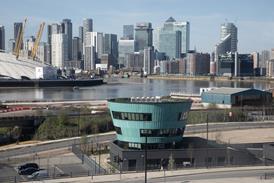
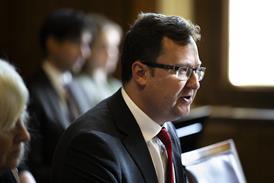
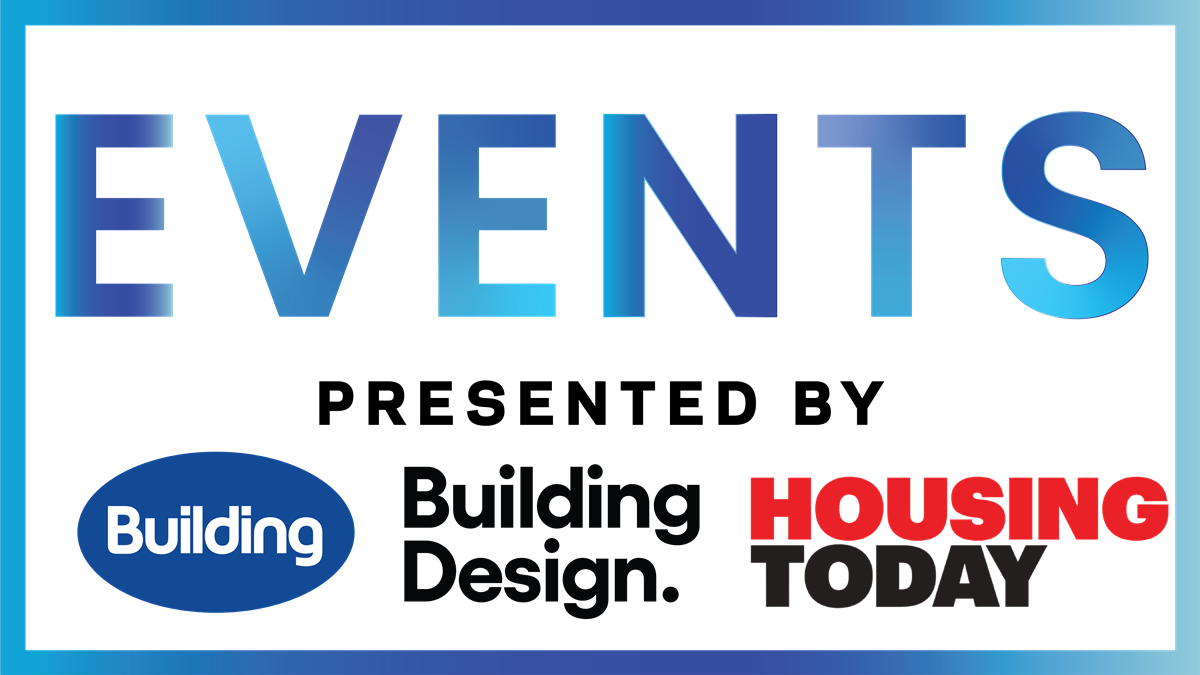
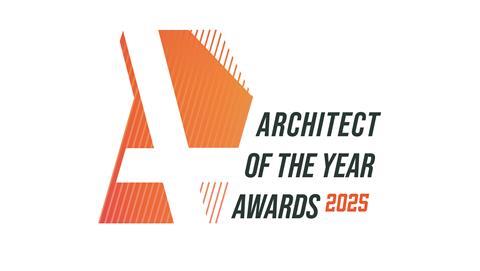
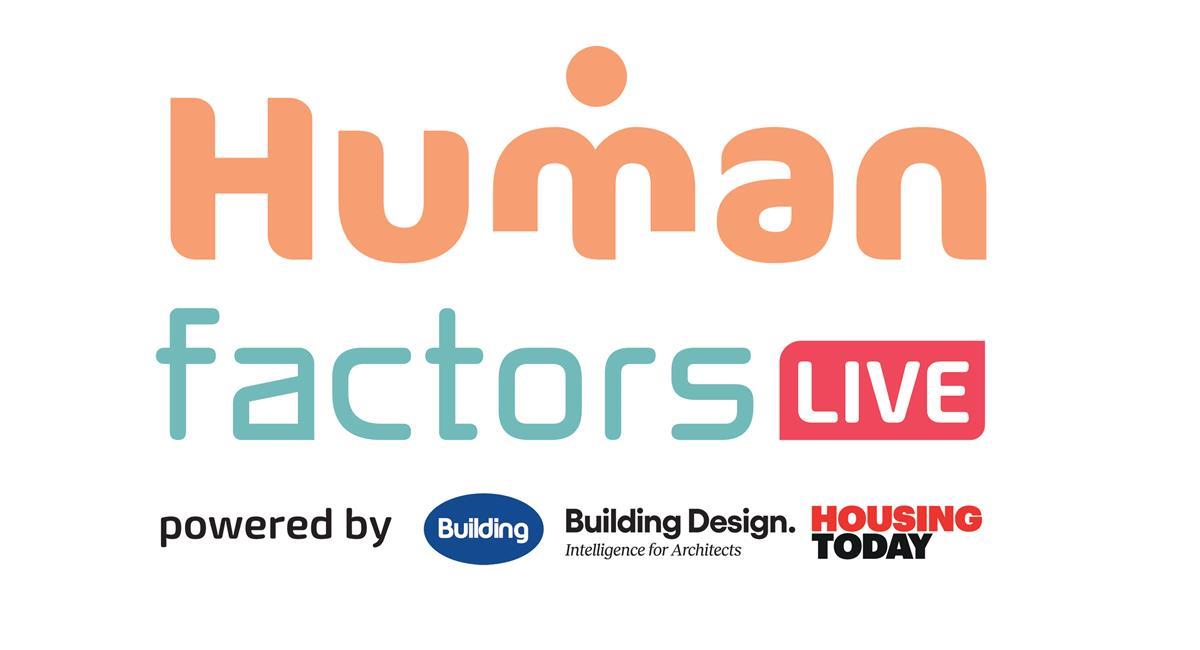







No comments yet